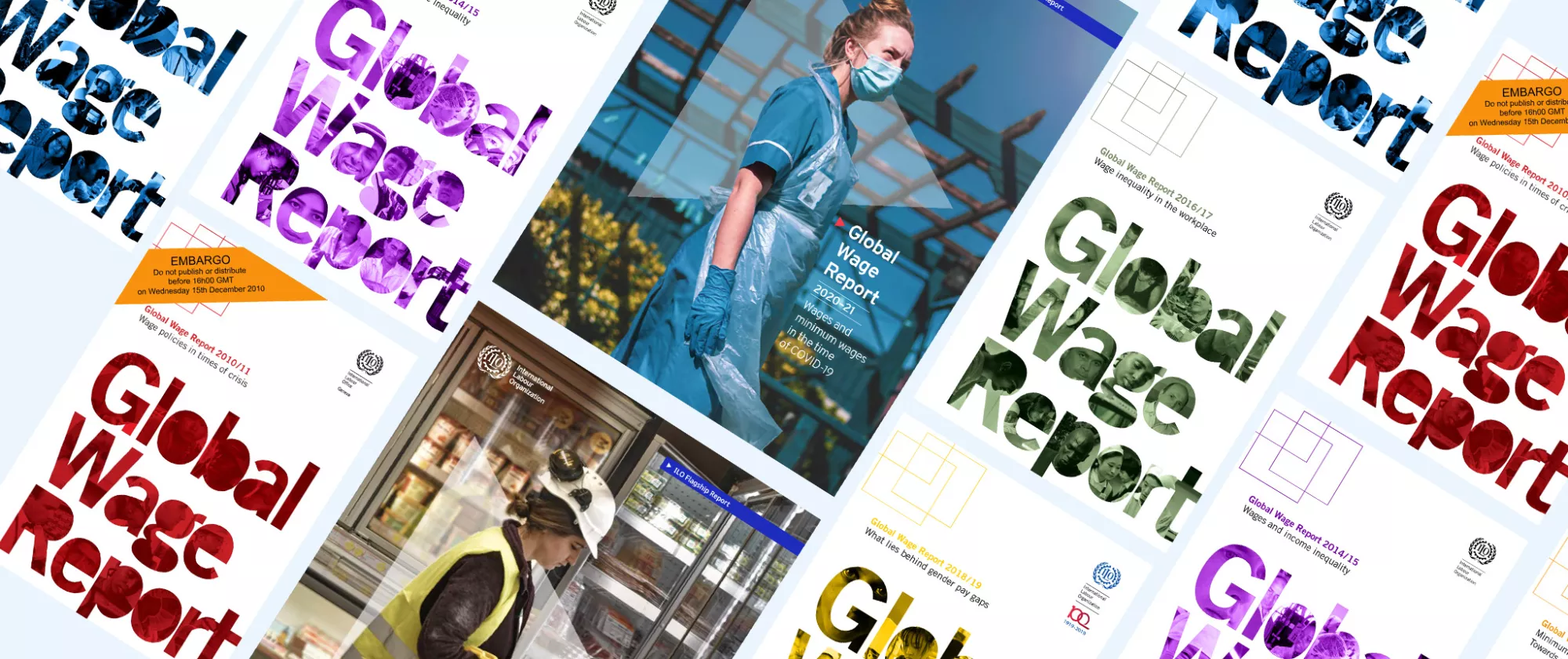- Courses
- GS Full Course 1 Year
- GS Full Course 2 Year
- GS Full Course 3 Year
- GS Full Course Till Selection
- Answer Alpha: Mains 2025 Mentorship
- MEP (Mains Enrichment Programme) Data, Facts
- Essay Target – 150+ Marks
- Online Program
- GS Recorded Course
- Polity
- Geography
- Economy
- Ancient, Medieval and Art & Culture AMAC
- Modern India, Post Independence & World History
- Environment
- Governance
- Science & Technology
- International Relations and Internal Security
- Disaster Management
- Ethics
- NCERT Current Affairs
- Indian Society and Social Issue
- NCERT- Science and Technology
- NCERT - Geography
- NCERT - Ancient History
- NCERT- World History
- NCERT Modern History
- CSAT
- 5 LAYERED ARJUNA Mentorship
- Public Administration Optional
- ABOUT US
- OUR TOPPERS
- TEST SERIES
- FREE STUDY MATERIAL
- VIDEOS
- CONTACT US
Global Wage Report (2024-25) by ILO
Global Wage Report (2024-25) by ILO

The Global Wage Report (2024-25), published by the International Labour Organization (ILO), provides an in-depth analysis of wage trends worldwide. It highlights important changes in wage inequality and real wage growth across different regions.
Key Findings from the Global Wage Report (2024-25)
1. Trends in Wage Growth:
- Global Overview: After a decline in 2022, global real wage growth showed a recovery in 2023.
- Regional Trends: Asia and the Pacific, Central and Western Asia, and Eastern Europe are seeing faster wage increases compared to other parts of the world.
- Low-paid Workers in India: Around 9.5% of Indian workers are considered low-paid wage workers.
|
Do you know? The Palma ratio is a measurement of inequality calculated by dividing the total hourly wages of top 10% of wage distribution by total hourly wages of the bottom 40% of wage distribution. |
2. Trends in Labour Income Inequality:
- Global Wage Inequality: Overall, wage inequality has shown a declining trend globally. However, inequality remains highest in low-income countries and lowest in high-income countries.
- Informal Economy:
- Women and workers are overrepresented at the low end of the wage distribution.
- The informal economy has seen an increase in absolute terms due to insufficient formal job creation.
- Labour Productivity vs. Real Wages (1999-2024): Labour productivity has increased more rapidly in high-income countries than real wages during this period.
Addressing Wage Inequality and Promoting Fair Wages
1. Increased Research: Robust data and statistics are essential for measuring and estimating changes in inequality to better understand and address wage disparity.
2. National Strategies to Reduce Wage Inequality:
- Wages should be set considering economic factors as well as the needs of workers and their families.
- There should be a focus on promoting gender equality, equity, and non-discrimination in wage policies.
3. Redistribution of Income:
- Income should be redistributed through systems of taxation and social transfers.
- Alongside, policies should focus on promoting productivity, decent work, and the formalization of the informal economy.
|
Also Read |
|
| FREE NIOS Books | |



